News
Recent News
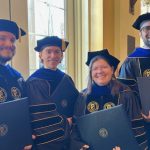
December 2024 Doctoral Hooding Ceremony
Posted on December 13, 2024
The UNCG Doctoral Hooding Ceremony took place on Thursday, December 12th for 2024 Summer and Fall PhD graduates. Congratulations to the Department…
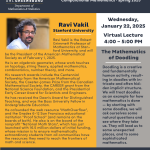
Helen Barton Lecture Series
Posted on December 9, 2024
Please save the date for the upcoming Helen Barton Lecture on January 22, 2025. This virtual event will feature Ravi Vakil, the…
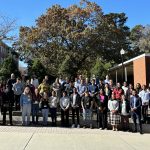
RMSC 2024
Posted on October 17, 2024
Thank you to everyone that attended the 20th Annual UNCG Regional Mathematics and Statistics Conference (RMSC)! On the 8th and 9th of…
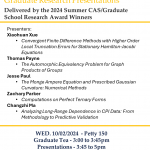
Graduate Tea and Research Presentations
Posted on October 1, 2024
Don’t forget to mark your calendars to join us for the Graduate Tea followed by Research Presentations from the 2024 Summer CAS/Graduate…
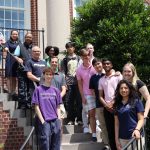
Another Statistics REU in the Record Books
Posted on August 2, 2024
The 10-week UNCG Statistics REU program “Complex Data Analysis using Statistical and Machine Learning Tools” ended on July 31, 2024. The program…

Chidinma Ezugwu Recognized for Work with The Tutoring Collaborative
Posted on July 16, 2024
Chidinma Ezugwu, UNCG Ph.D. Student in Computational Mathematics, has not only been awarded with a 2024 Tutor Spotlight Award by Guilford County…

Welcome 2024 Statistics REU Students
Posted on June 21, 2024
Undergraduate students arrived at UNCG to begin the 2024 UNCG Statistics REU program “Complex Data Analysis using Statistical and Machine Learning Tools”…

2024 ICDE Honor’s Prof. R. Shivaji
Posted on June 11, 2024
The 2024 International Conference on Differential Equations held May 31st-June 2nd at the Florida Gulf Coast University in Ft. Myers, FL was…

Congratulations on Achieving Your PhD!
Posted on May 29, 2024
The UNCG Department of Mathematics and Statistics has a growing list of students that have successfully defended their PhD dissertations in 2024!…
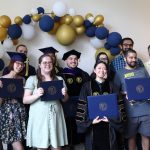
Congratulations Graduates!
Posted on May 6, 2024
Congratulations to the Mathematics & Statistics Graduates! Undergraduate Degrees – Back row: Mario Mandujano, Johannes Kaendler Front row: Eliana Brown, Larissa Canegallo,…





